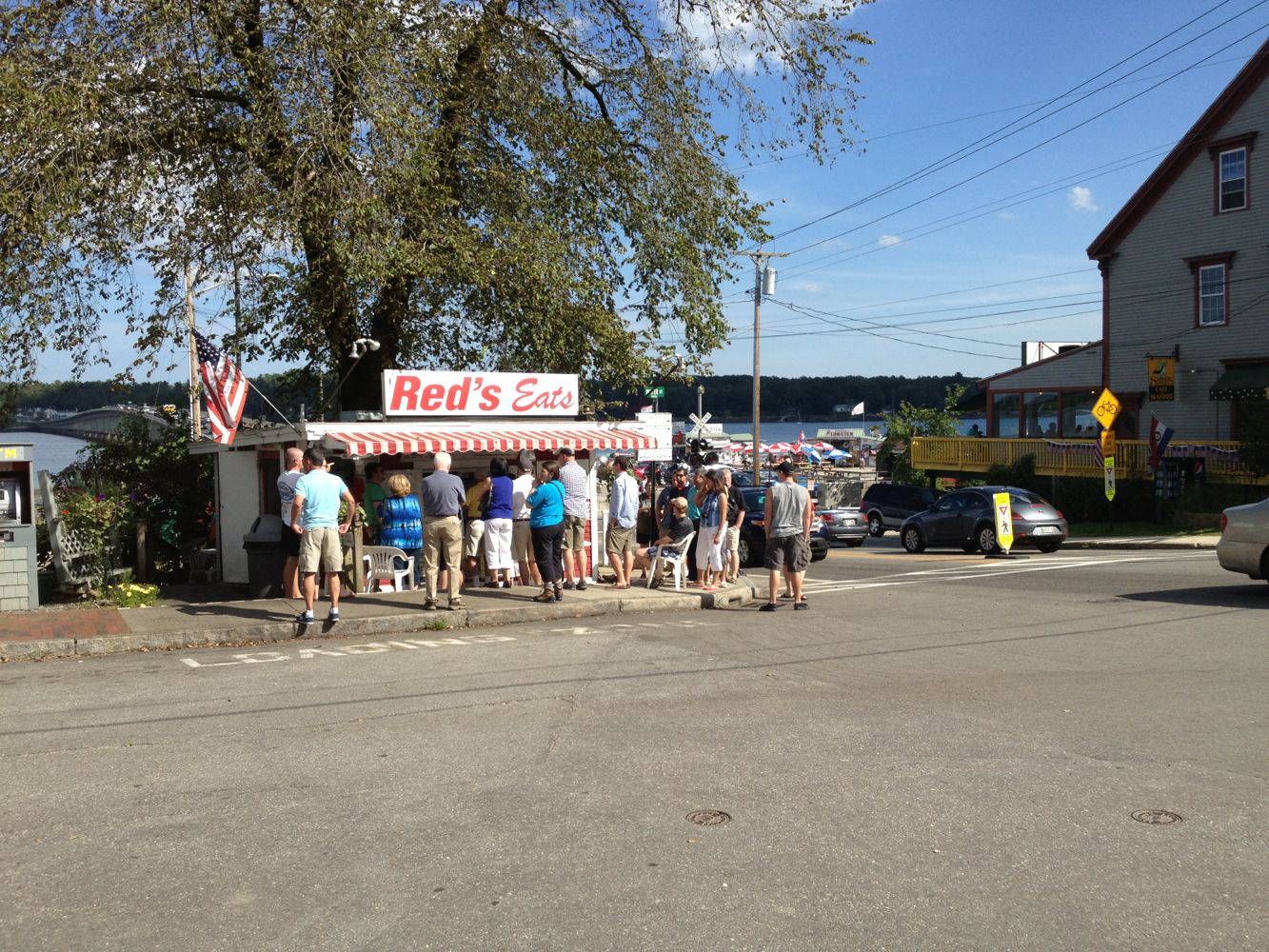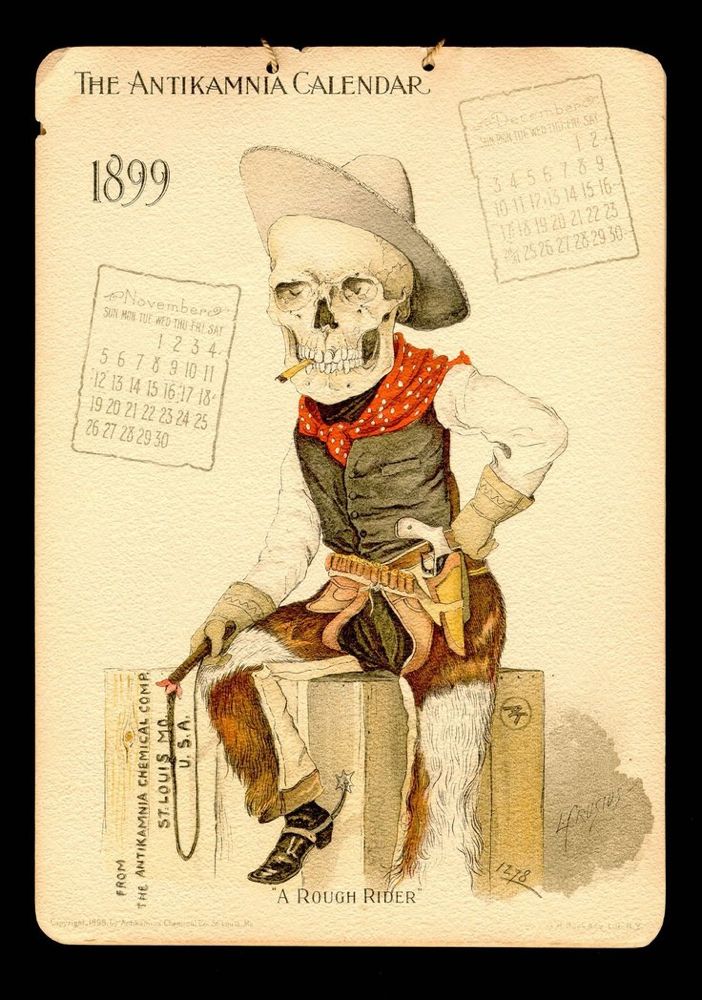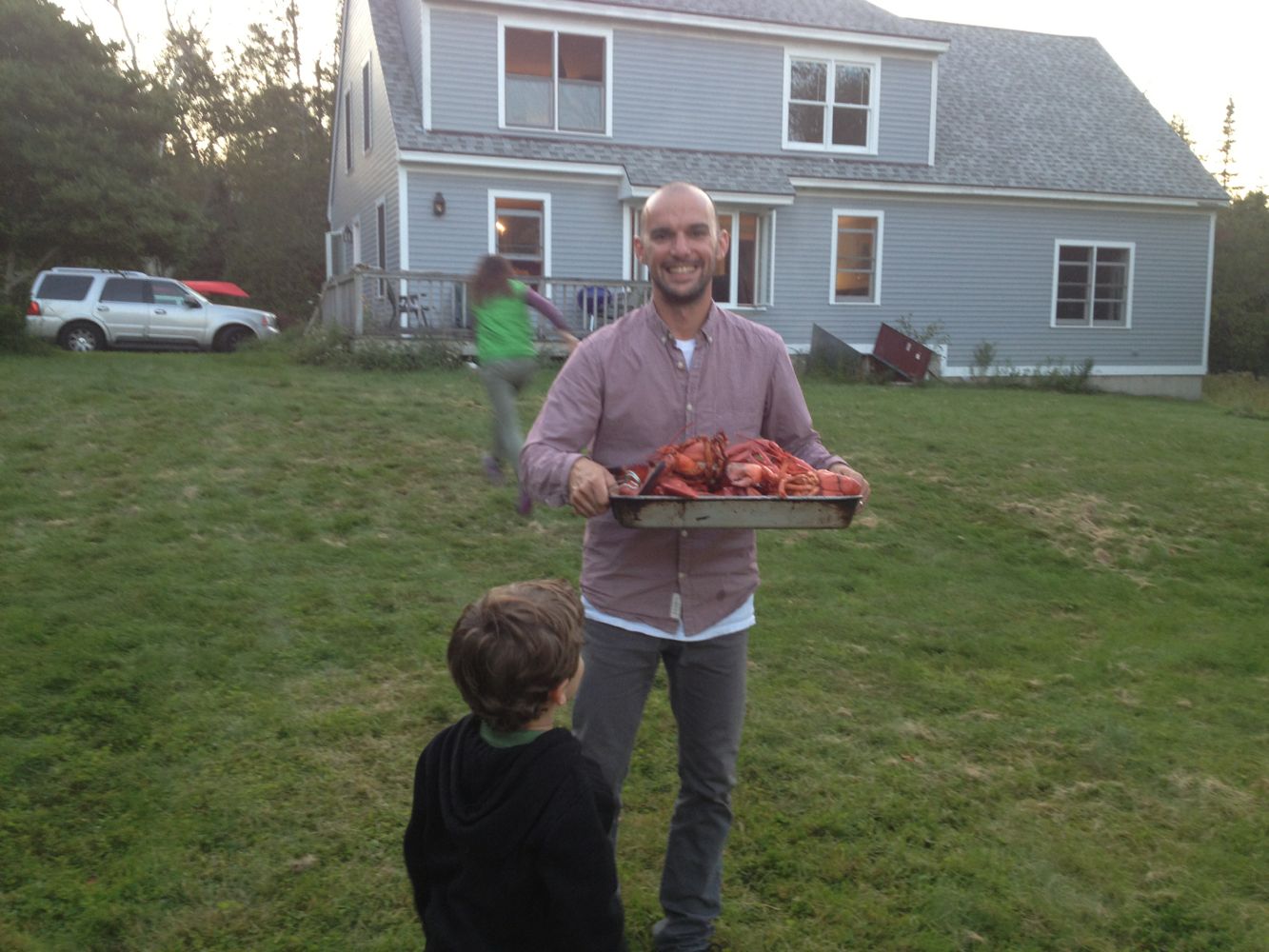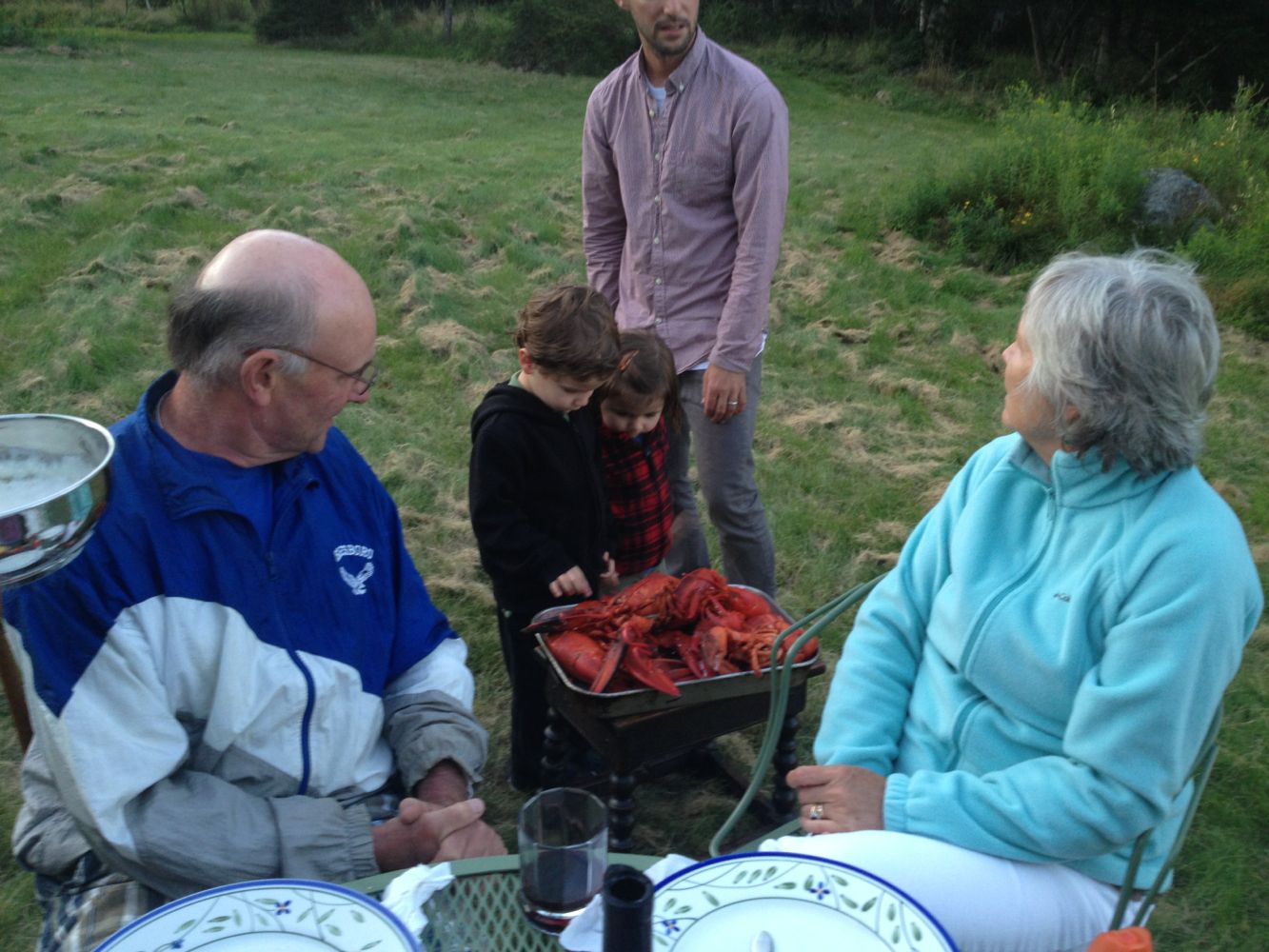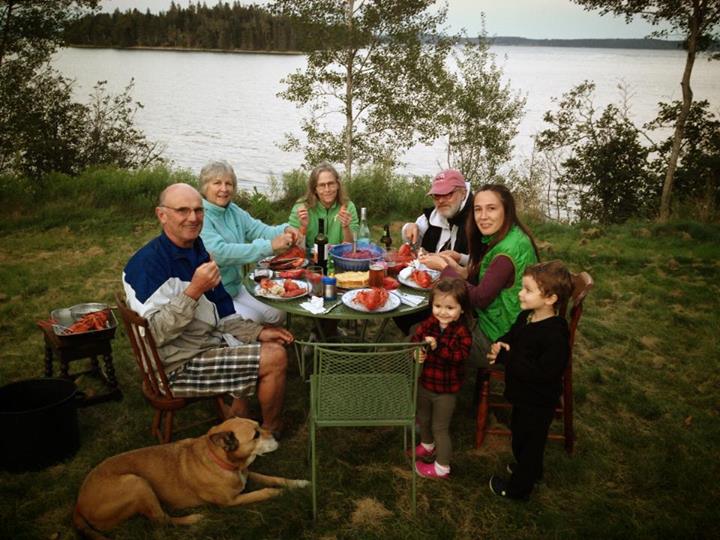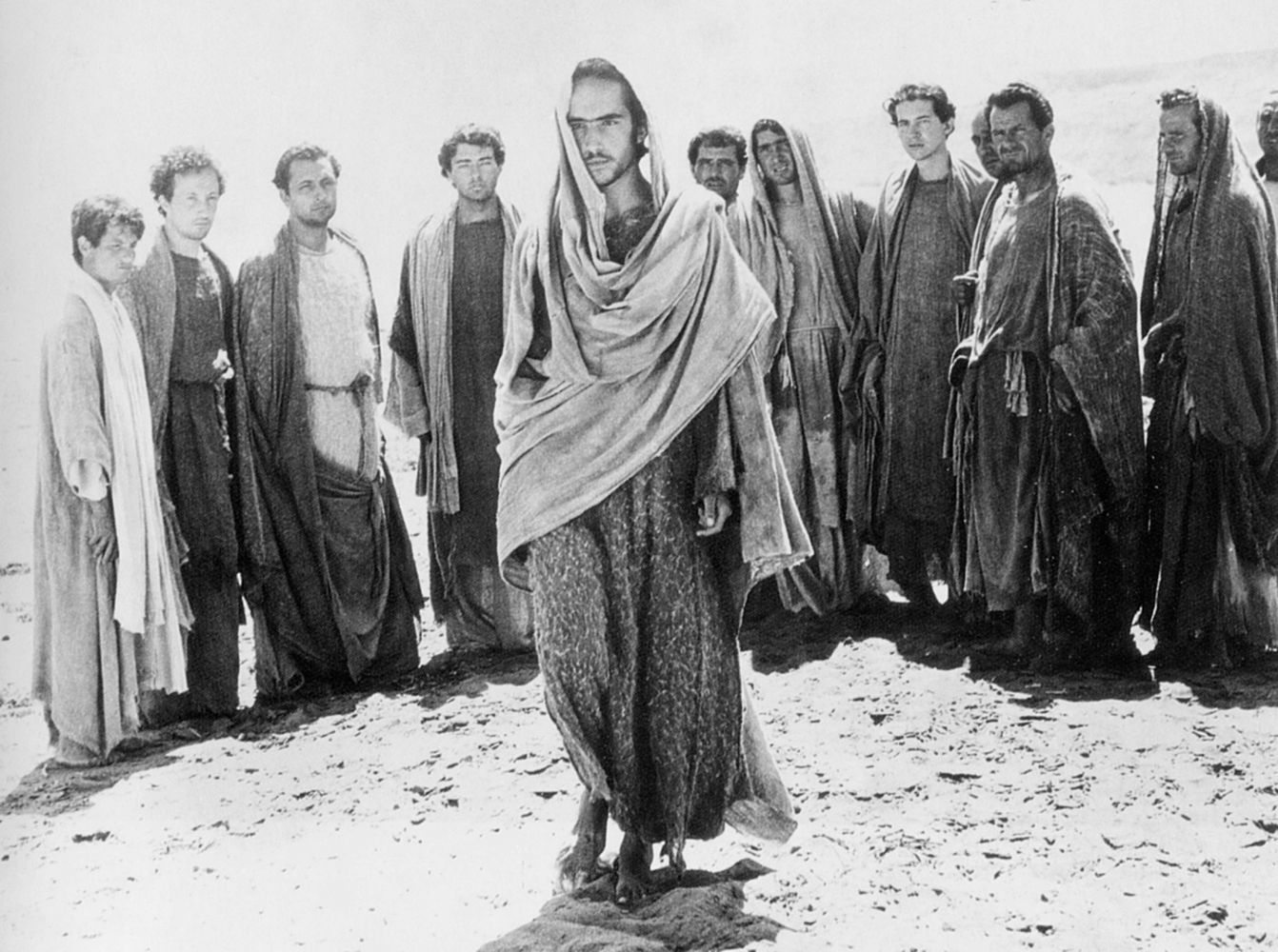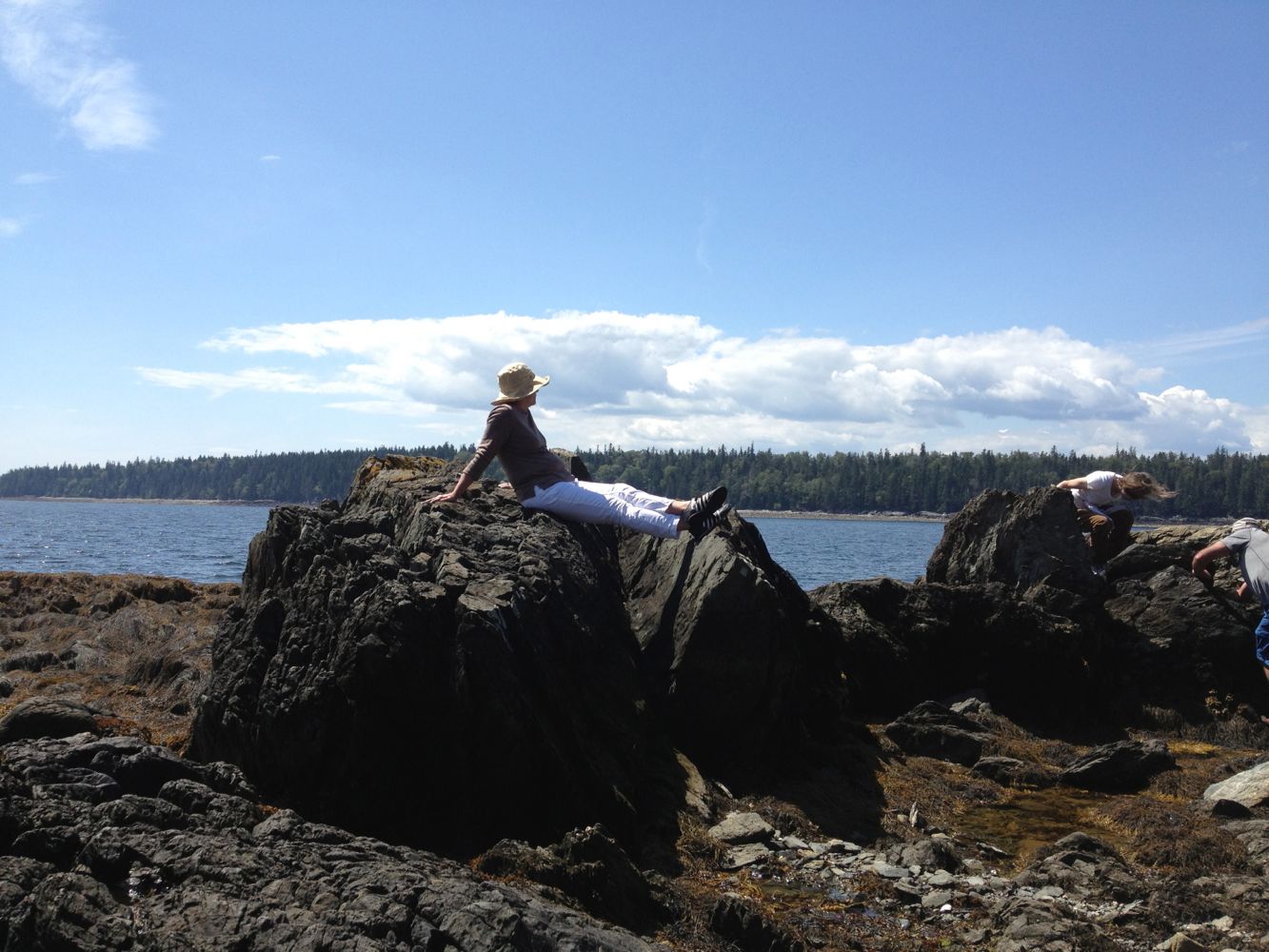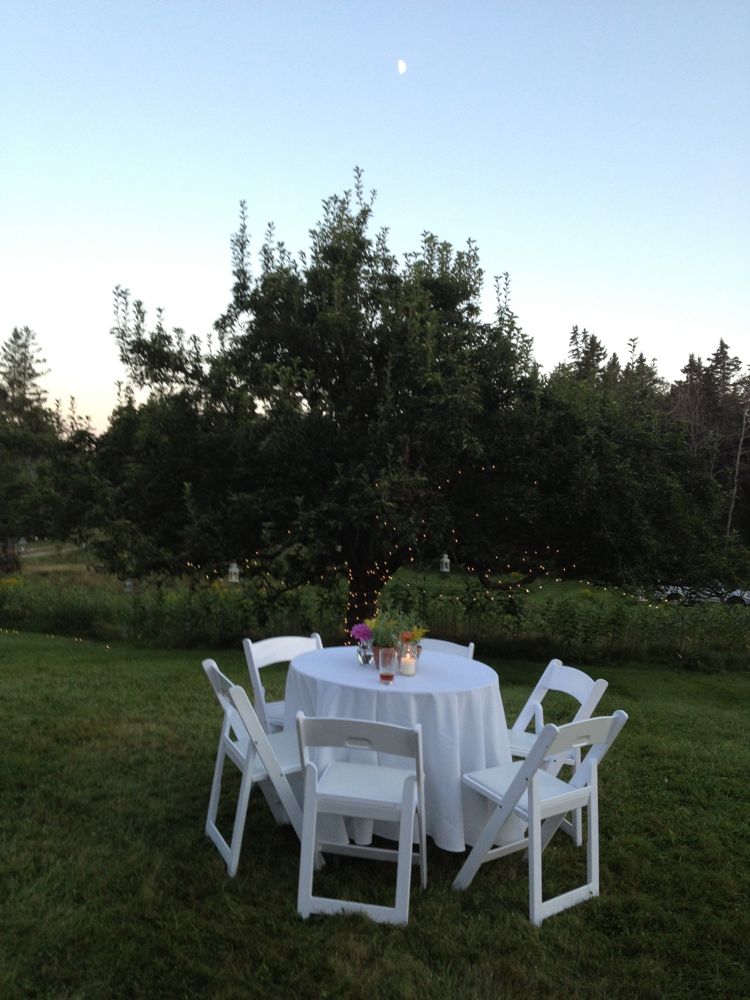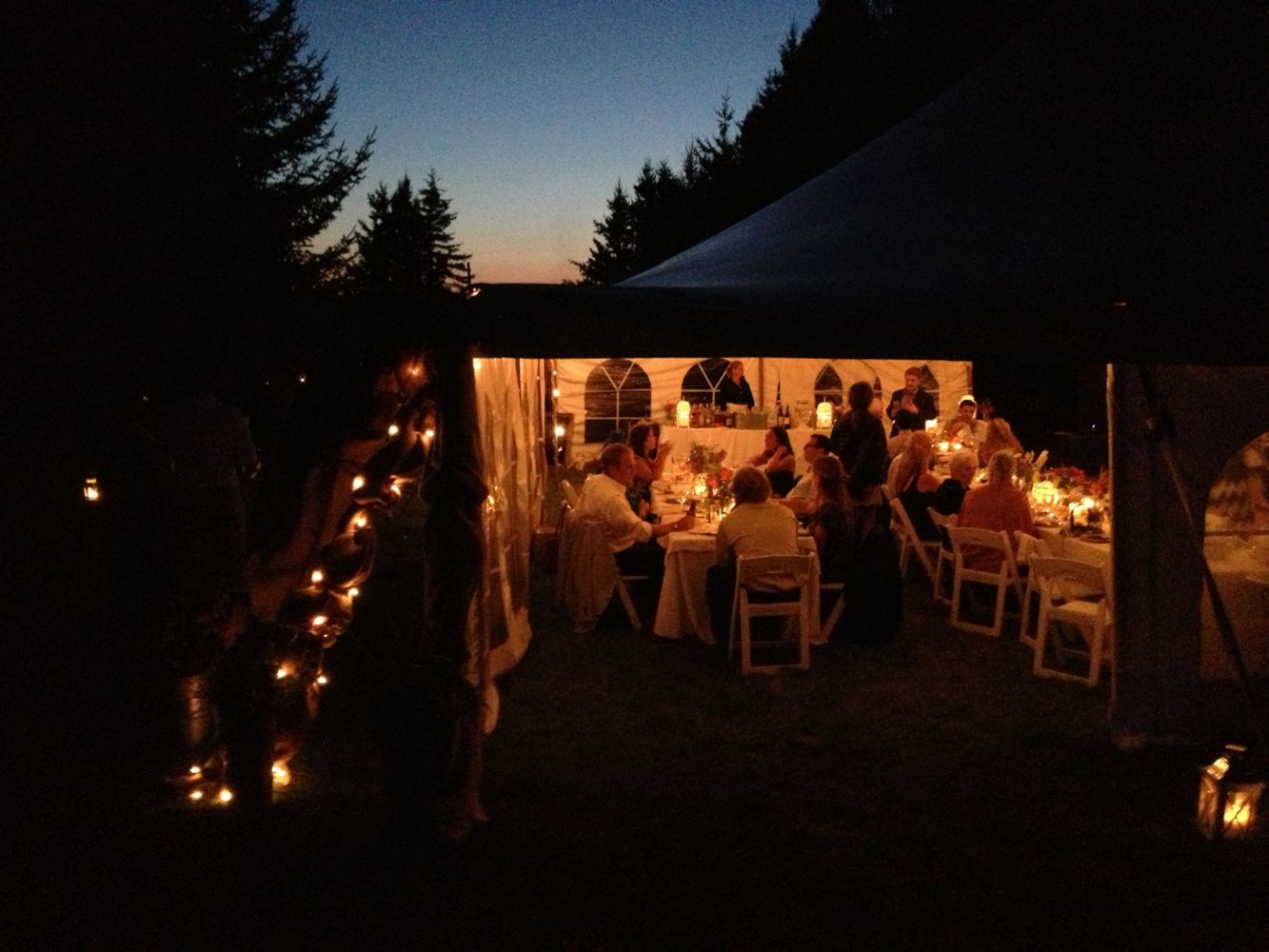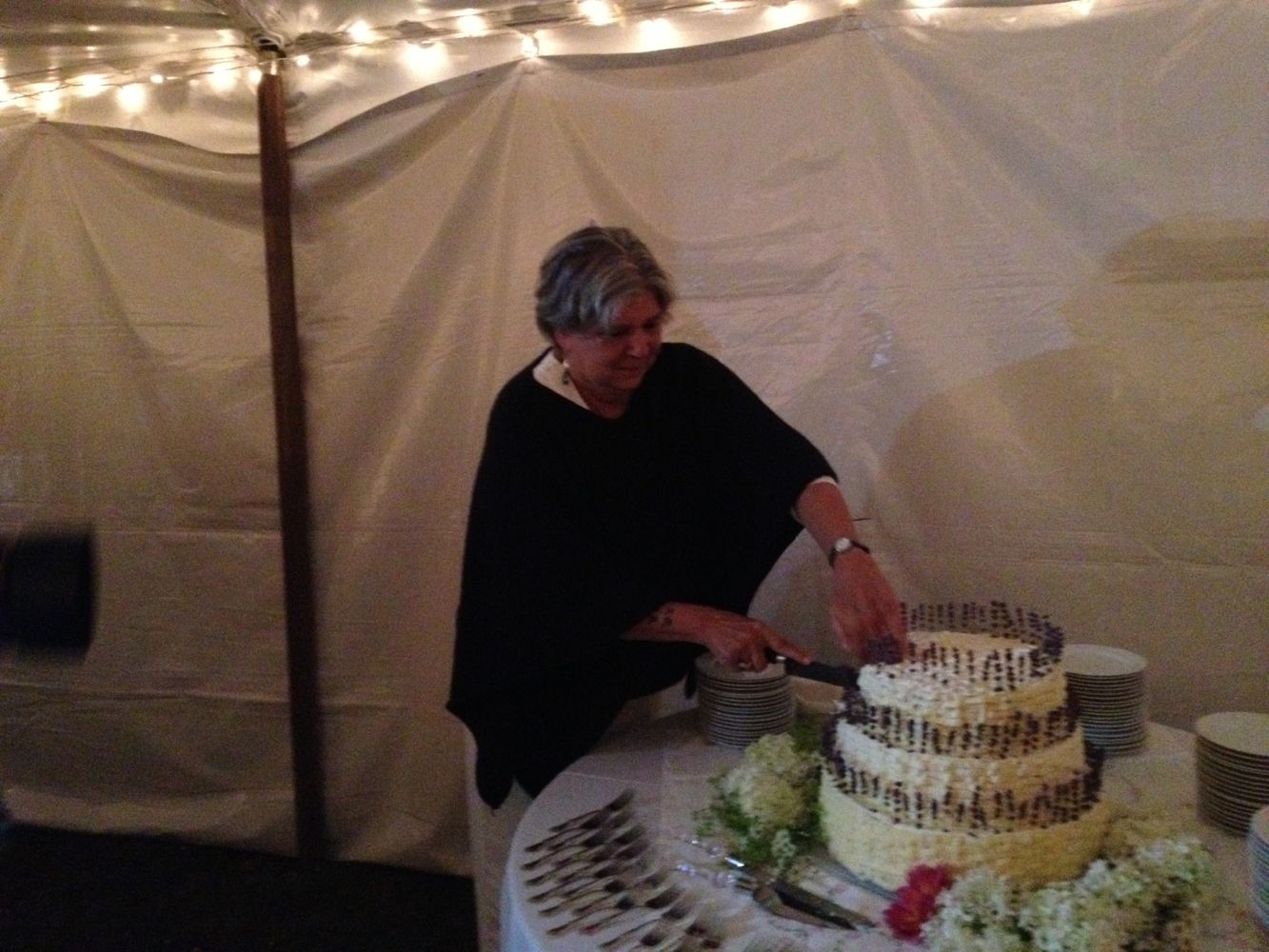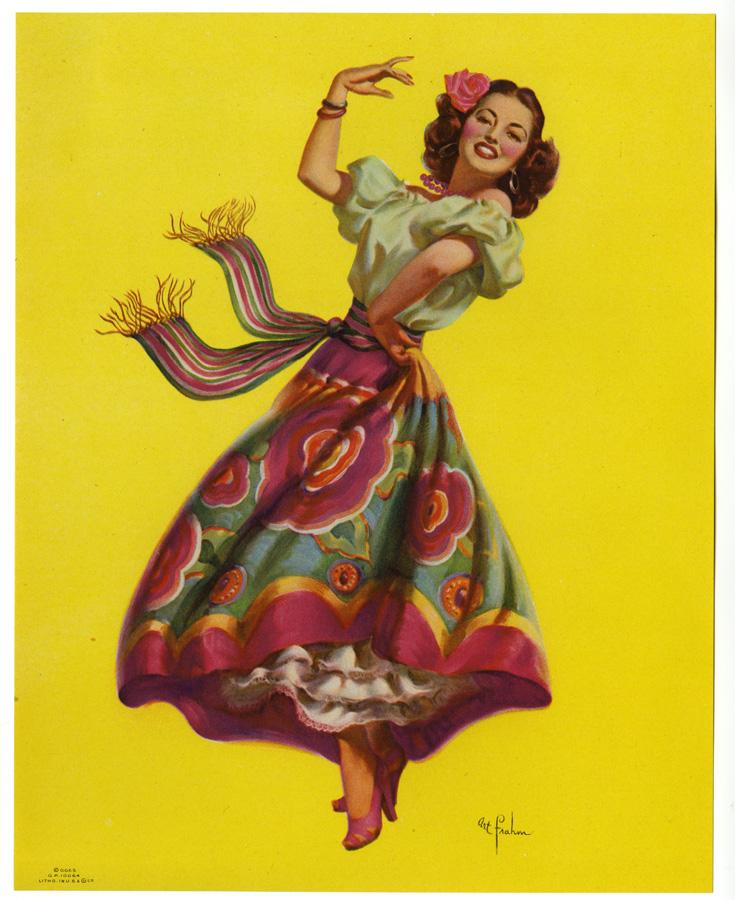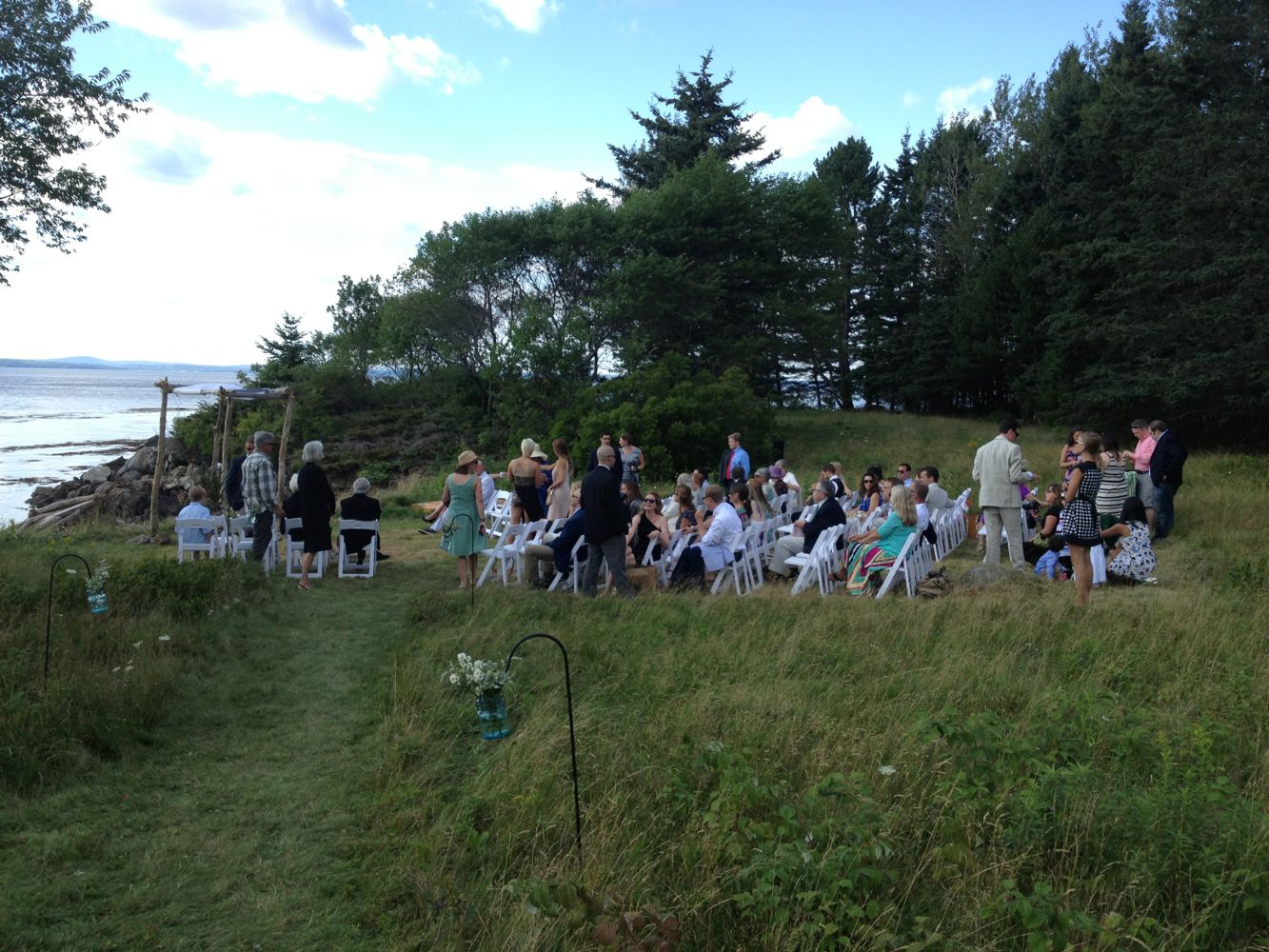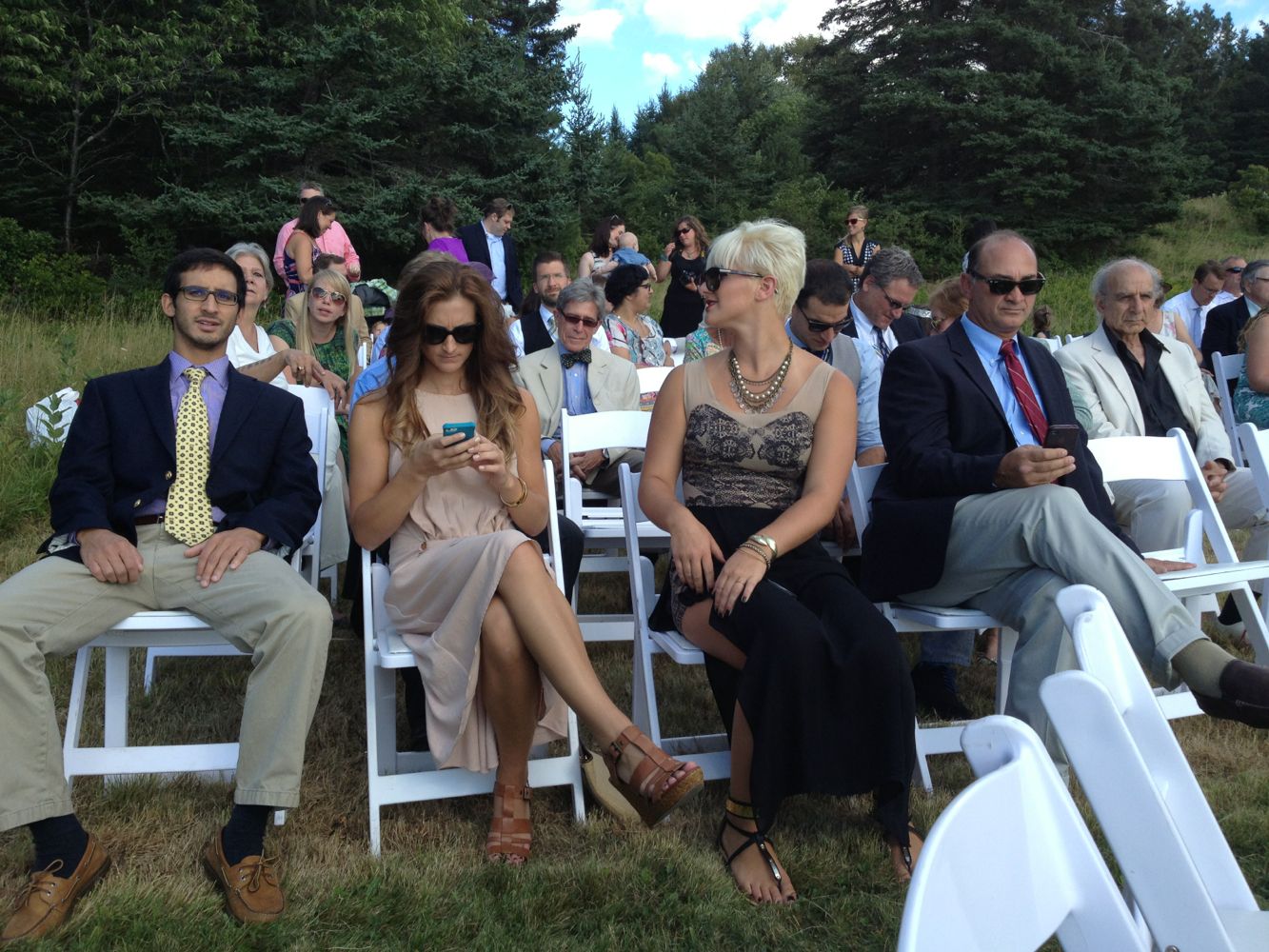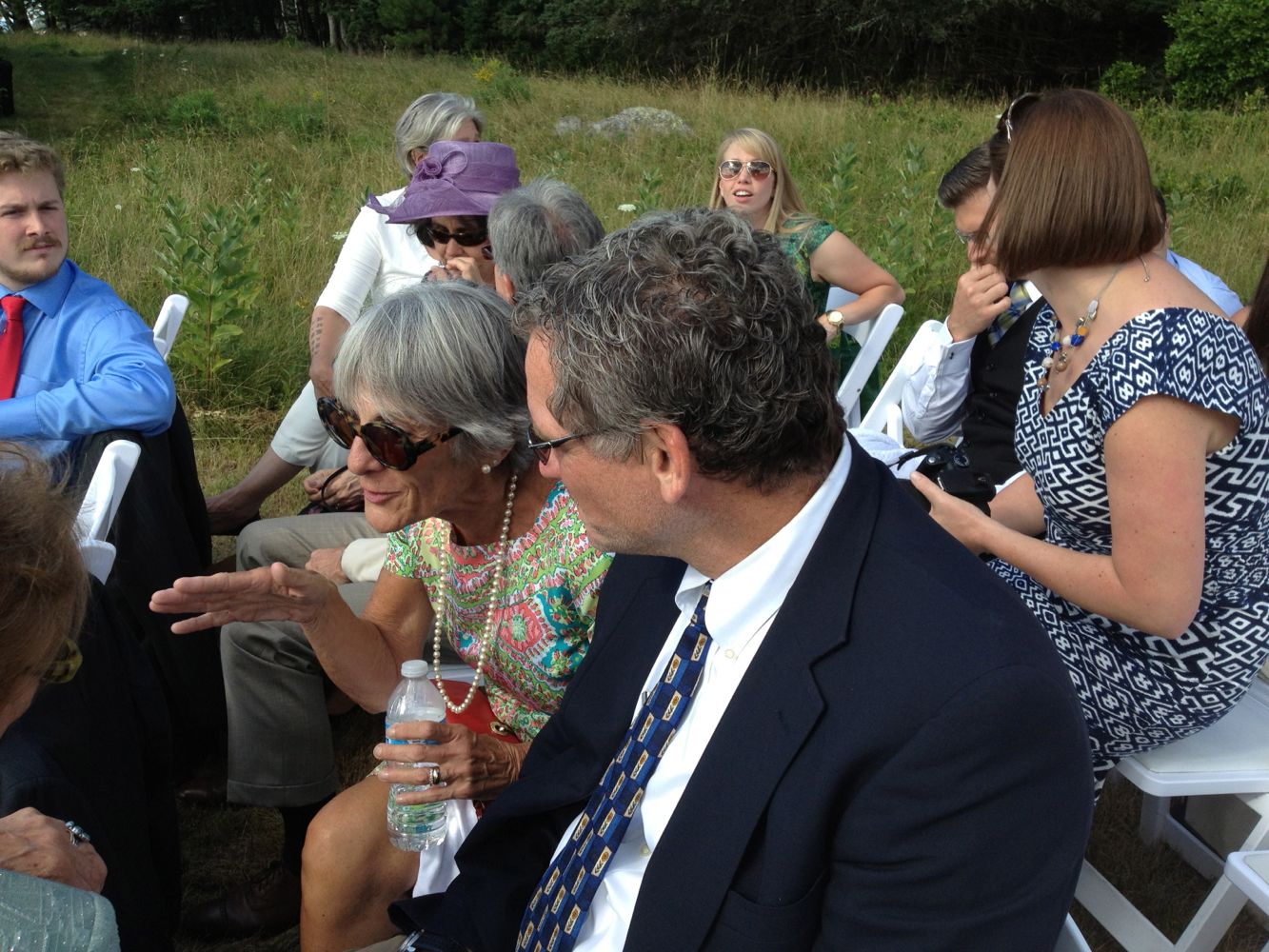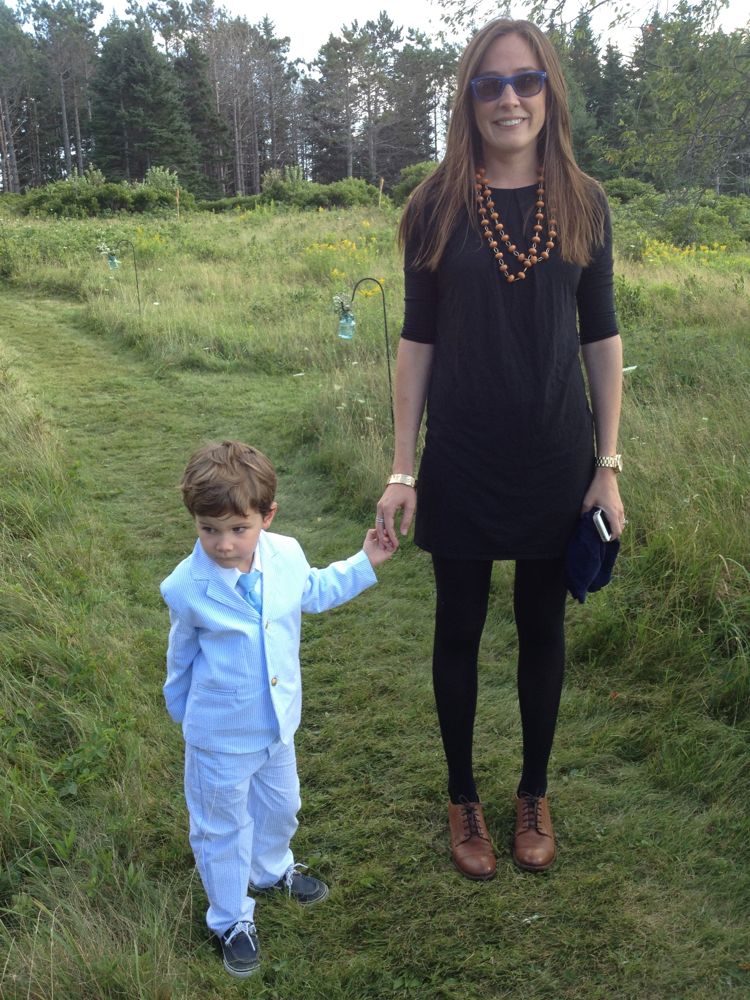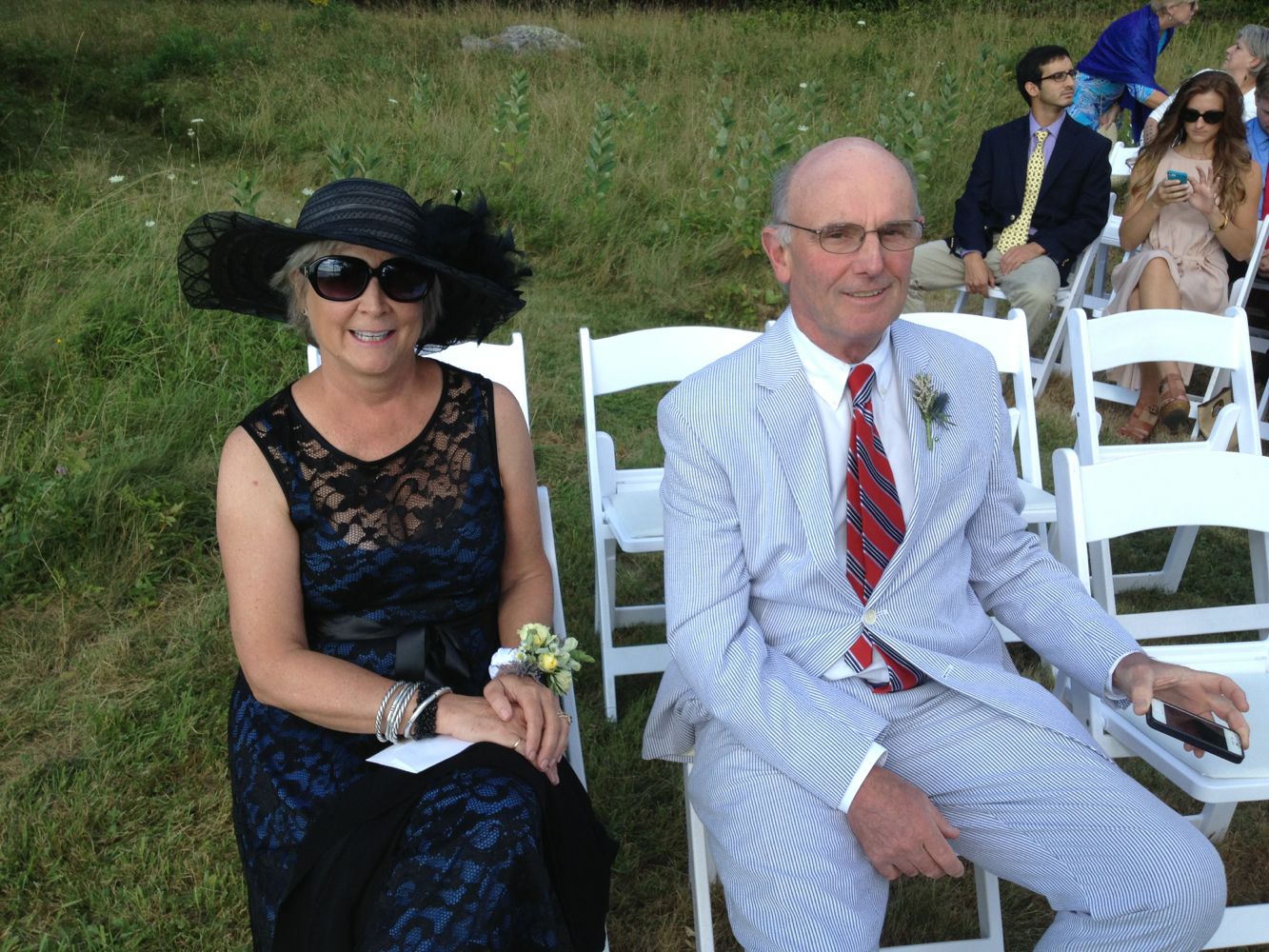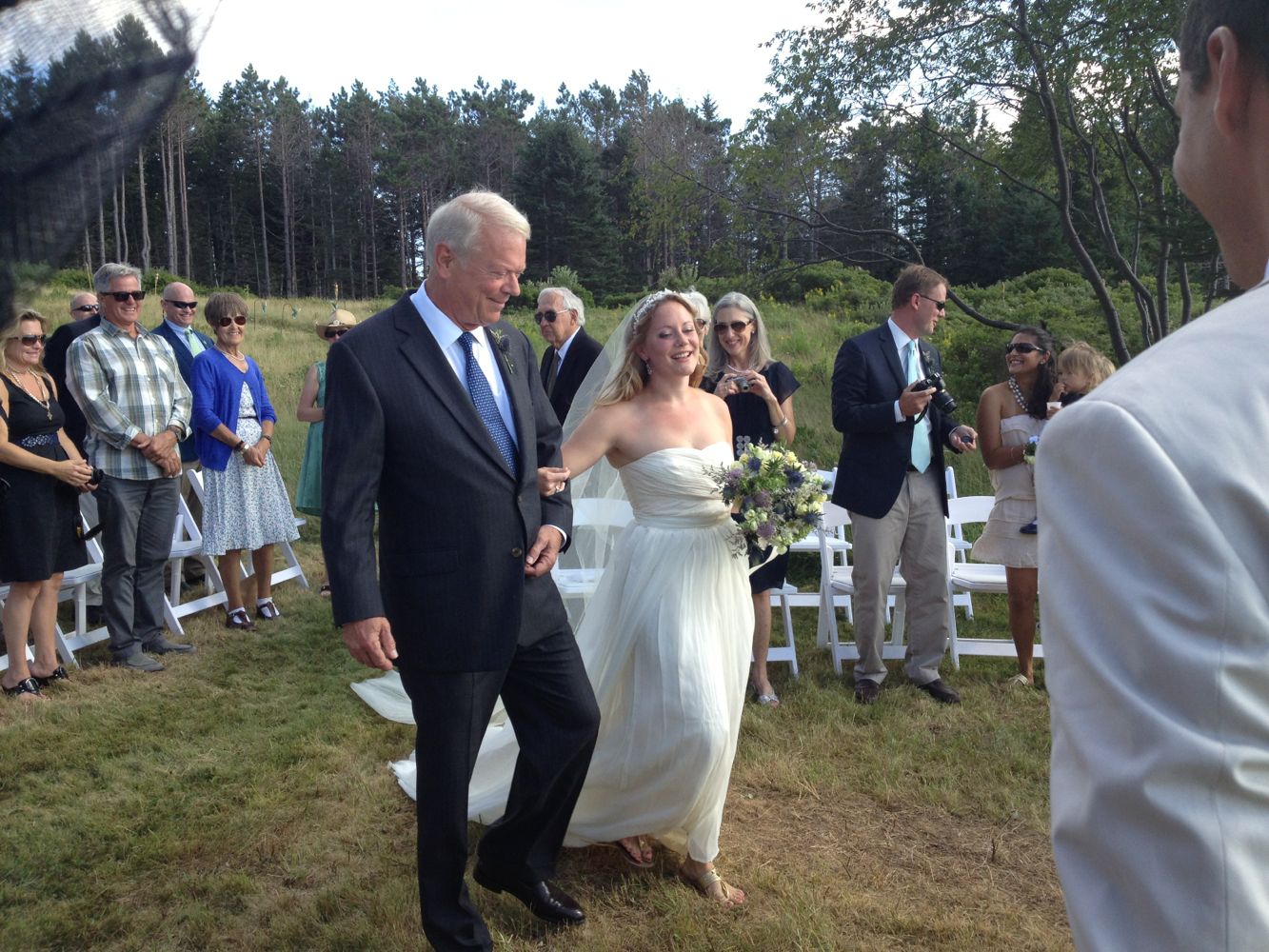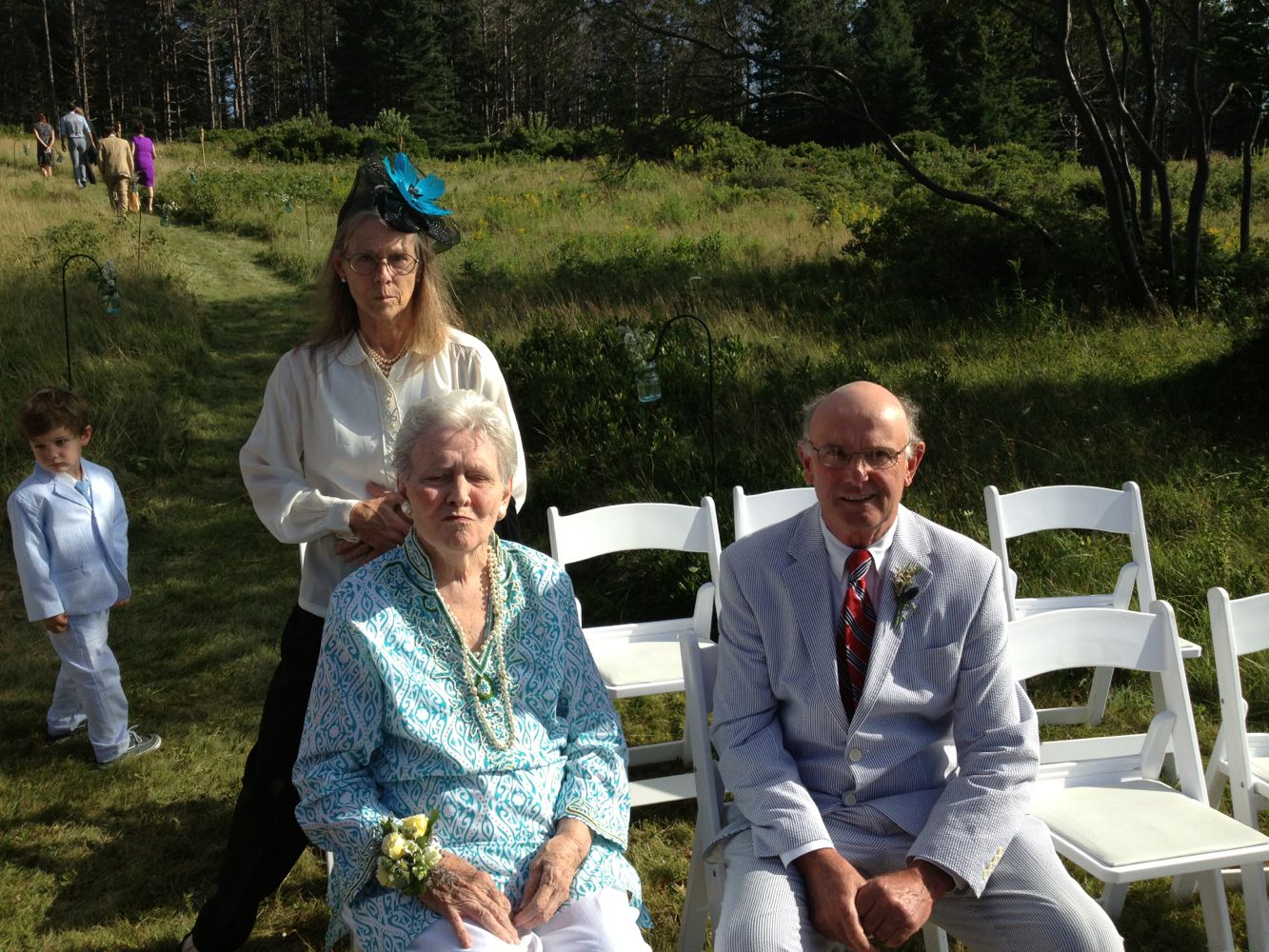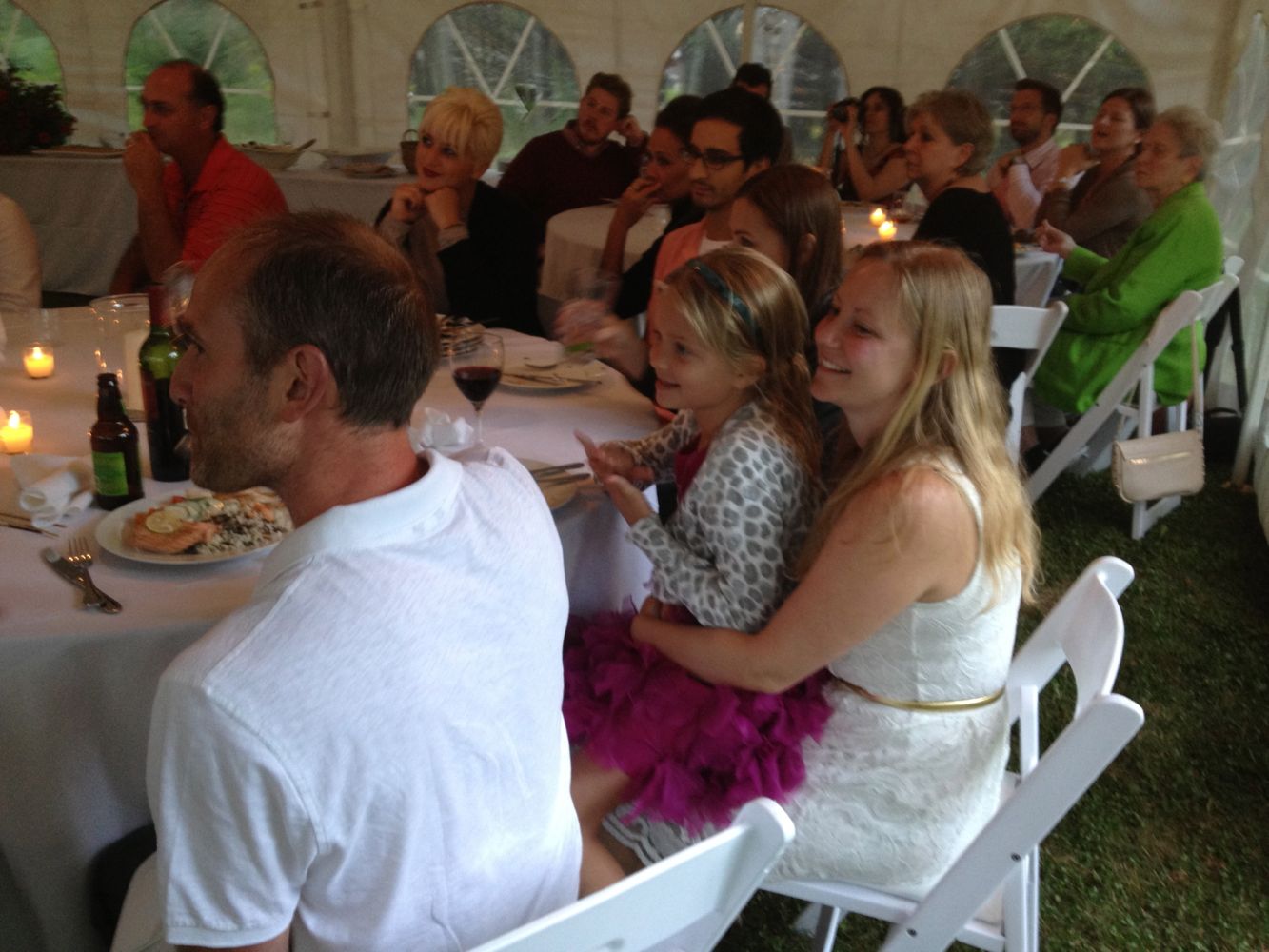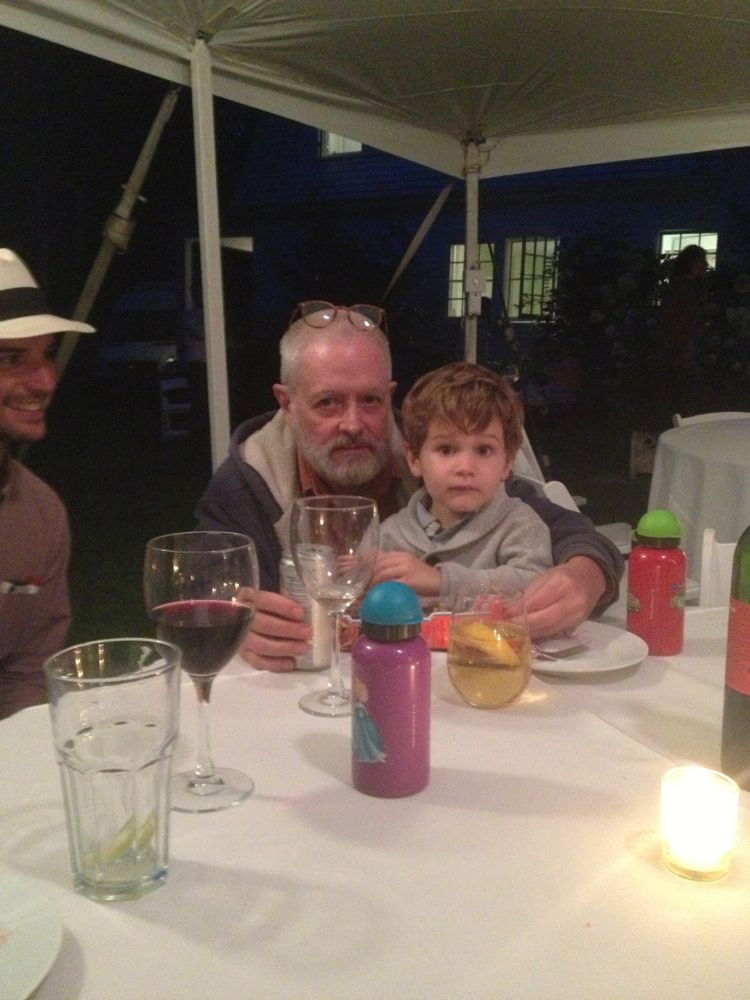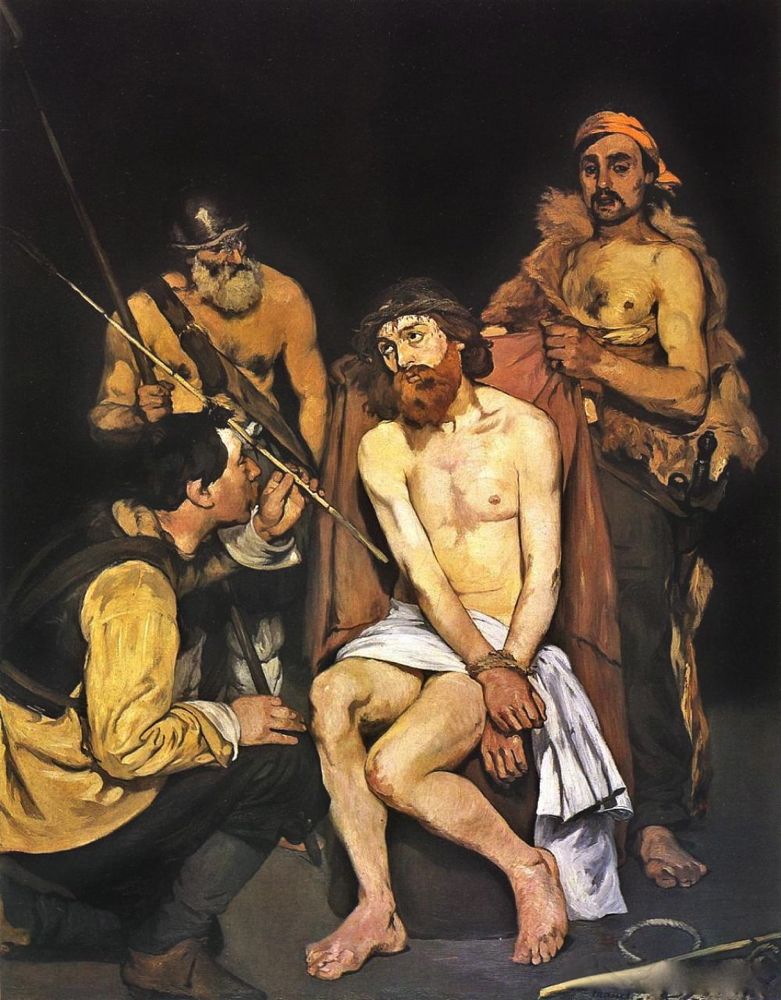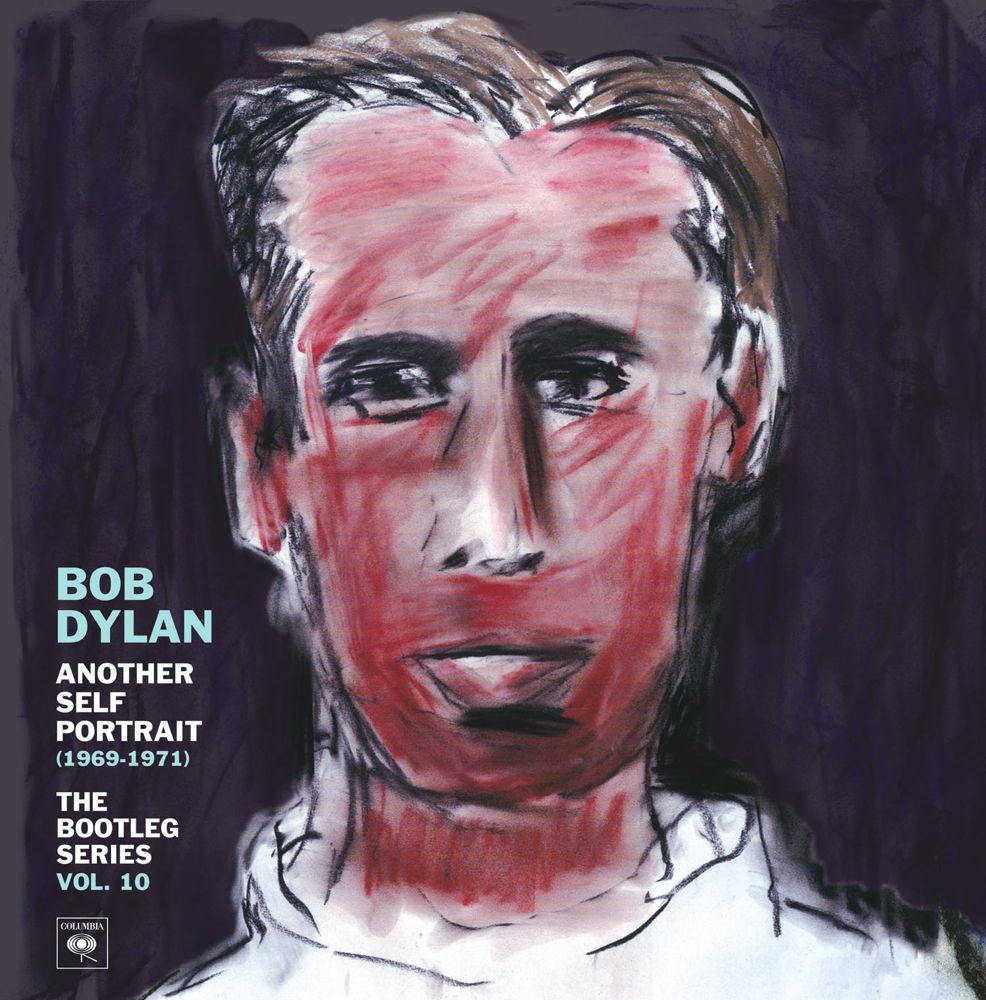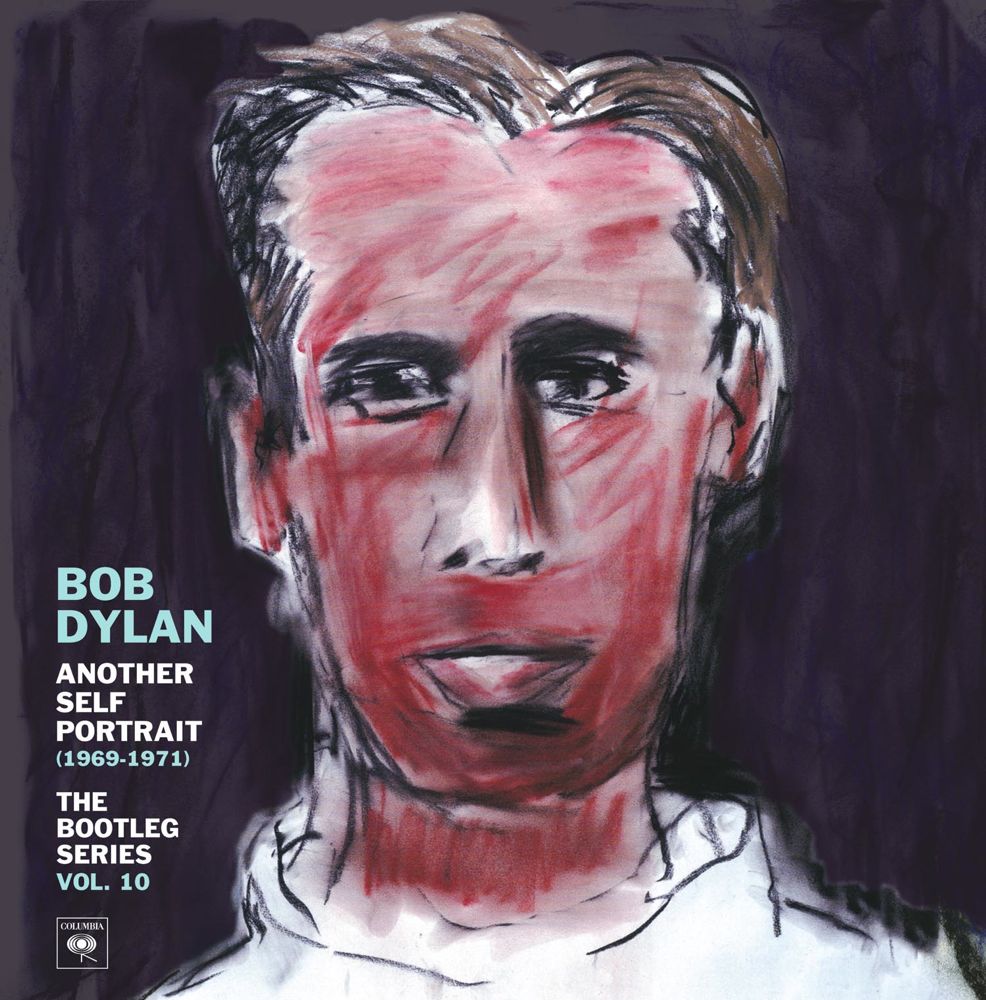
“Bring Me A Little Water”, a traditional song, is identified as an outtake from the New Morning sessions though it’s hard to imagine how it could ever have fit onto that album. Dylan’s lusty rendition here suggests that he might have just wanted to sing it with a good back-up ensemble. A treasure, happily included here.
From the evidence of the alternate versions included in this collection, Dylan seems to have been perplexed about how to present the original material on New Morning. They are for the most part simple, lyrical, heartfelt songs, but he tried in a number of instances to tart them up with overblown orchestral accompaniments. This version of “Sign On the Window” is case in point — the sobbing strings all but drown the beautiful, emotional vocal, which is the same track used on the album but in a simpler arrangement. Fortunately, he made the right choices in the end. This misstep is a curiosity, at best.
“Tattle O’Day” is a nonsense song from the folk repertoire — Dylan sings it deadpan, as he sings his own nonsense songs. A modest treasure.
“If Dogs Run Free” is an alternate version of the song on New Morning. Dylan sings a melodic chorus here, whereas in the album version he half speaks it, as he does the rest of the lyrics. A curiosity.
The version of “New Morning” here has been gussied up with a wildly miscalculated horn accompaniment. Why did Dylan go for effects like this on the early versions of his New Morning songs? Did he not trust their simplicity, his ability to infuse them with presence by means of his vocals alone? It’s a mystery. A curiosity.
On this version of “Went To See the Gypsy”, Dylan has progressed a ways from the demo version also included in this collection. The lyrics have been significantly refined. This is a slower, graver rendition than what made it onto New Morning, trying harder for an air of mystery and portentousness. Dylan struck a better balance on the album version, letting the images in the lyrics speak for themselves, but this version is instructive as an insight into the deep meaning the song seems to have had for Dylan — whatever it was. A treasure.
“Belle Isle”, a folk standard, was one of the more enjoyable tracks on Self Portrait — a simple song that Dylan seemed to take simple pleasure in. It’s presented here without the album overdubs and is neither more nor less enjoyable than the album version — a curiosity.
“Time Passes Slowly #2” is a second alternate version of the song, from New Morning, on this collection. In this arrangement Dylan tries to rock the sweet little song. What was he thinking? A curiosity.
“When I Paint My Masterpiece” is a demo of the song The Band covered on their album Cahoots. It’s wonderful, with a few amusing lyrical variants from The Band’s version. A treasure.
So . . . of the 35 tracks on Another Self Portrait, I nominate 19 as treasures and 16 as curiosities. All of the curiosities are fascinating, but probably of more interest to hardcore Dylan fans than to casual admirers.

